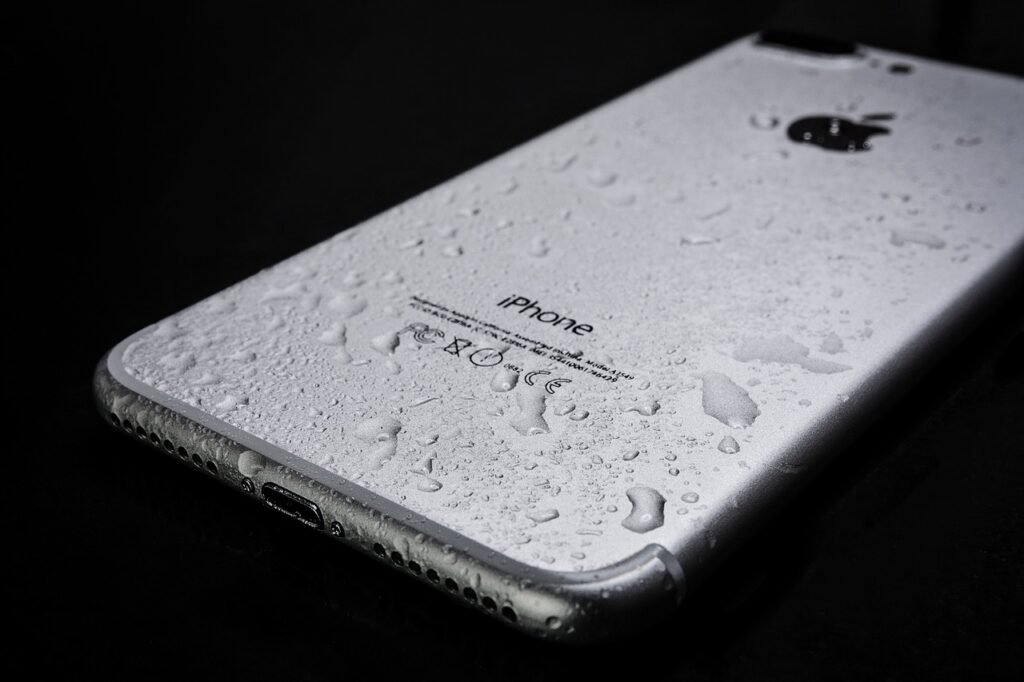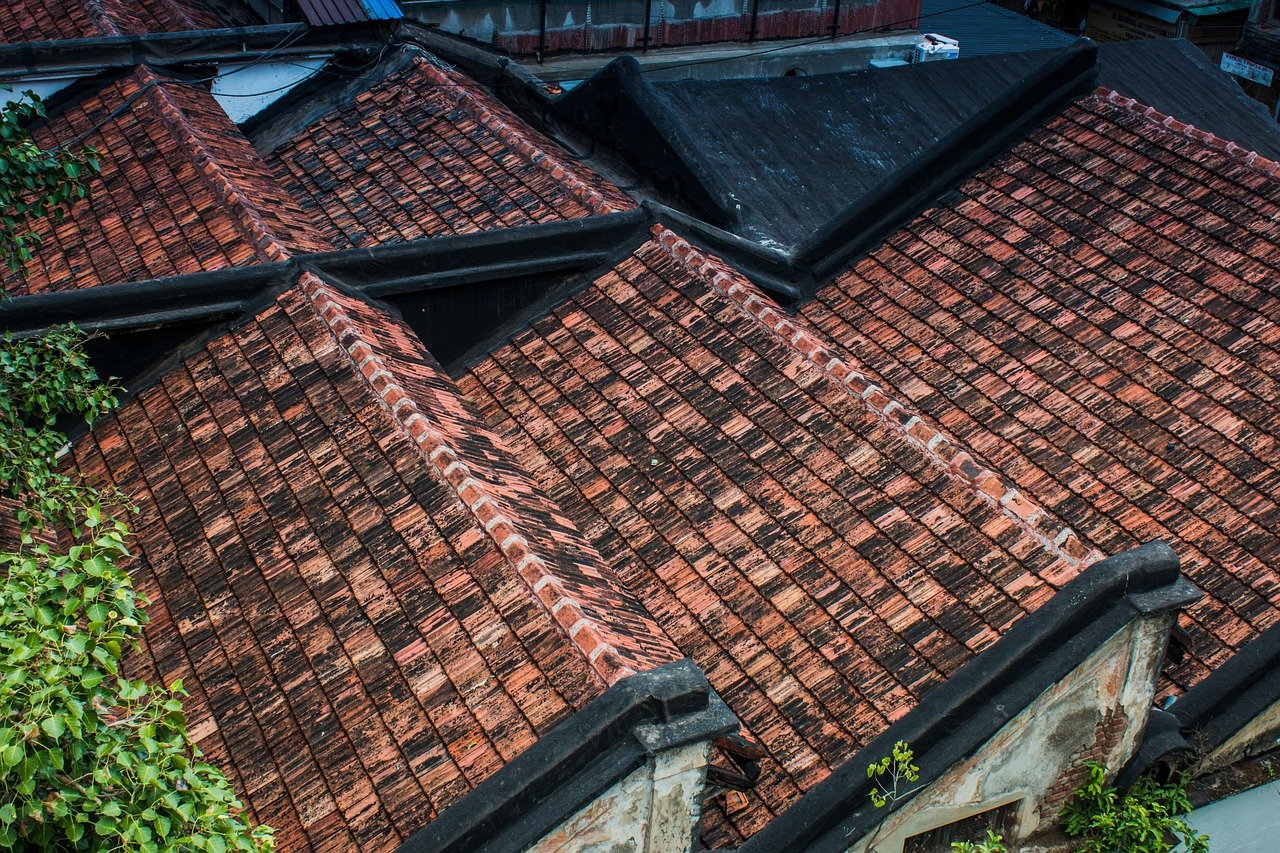Welcome to a fascinating exploration of the boundaries of fireproof and waterproof design features. In this article, you will discover the innovative ways in which architects and engineers are pushing the limits of building materials to create structures that are not only stylish and functional but also incredibly resilient to the elements. From cutting-edge flame-retardant coatings to advanced waterproof membranes, the possibilities are truly endless. Join us on this journey as we delve into the world of fireproof and waterproof design features and unlock the potential for a new era of architecture. Have you ever wondered how buildings and structures are designed to withstand extreme conditions, such as fires and floods? In this article, we will explore the boundaries of fireproof and waterproof design features, and how they are implemented to protect properties and save lives. Let’s dive in!

This image is property of pixabay.com.
Understanding Fireproof Design Features
When it comes to designing buildings to be fire-resistant, there are several key features that architects and engineers take into consideration. Fireproof design features are essential in ensuring the safety of occupants and preventing the spread of fires. Let’s take a closer look at some of the common elements of fireproof design.
One of the most important aspects of fireproof design is the use of fire-resistant materials. Materials such as concrete, steel, and gypsum are often used in construction to help prevent fires from spreading. These materials have high melting points and are less likely to ignite when exposed to flames.
In addition to using fire-resistant materials, building design also plays a crucial role in fireproofing. Features such as fire barriers, fire doors, and fire-rated glass are incorporated into the design to help compartmentalize fires and prevent them from spreading rapidly. These features can help buy time for occupants to evacuate safely and for firefighters to contain the blaze.
The Role of Fire Barriers
Fire barriers are an essential component of fireproof design, as they help contain fires within a specific area of a building. These barriers are constructed using fire-resistant materials and are designed to withstand high temperatures and prevent the spread of flames. By creating compartments within a building, fire barriers help limit the damage caused by fires and protect occupants.
Importance of Fire Doors
Fire doors are another critical feature of fireproof design. These doors are designed to resist the passage of fire and smoke, allowing occupants to escape safely in the event of a fire. Fire doors are equipped with intumescent seals that expand when exposed to heat, forming a barrier that blocks the spread of flames. Additionally, fire doors are equipped with self-closing mechanisms to ensure they are always shut in the event of a fire.
Advantages of Fire-Rated Glass
Fire-rated glass is another important element of fireproof design, especially in buildings with large windows or glass facades. Fire-rated glass is specially treated to withstand high temperatures and prevent the spread of fire. In the event of a fire, this type of glass can help contain flames and protect occupants from heat and smoke.
Exploring Waterproof Design Features
In addition to fireproofing, designing buildings to be waterproof is essential in protecting structures from water damage and flooding. Waterproof design features are particularly important in flood-prone areas or buildings with basements or below-ground levels. Let’s explore some of the key elements of waterproof design.
Waterproofing is the process of making a building or structure resistant to the ingress of water. This can involve a variety of techniques and materials, ranging from sealants and membranes to drainage systems and landscaping. Proper waterproofing can help prevent water damage, mold growth, and structural deterioration.
Importance of Sealants
Sealants are commonly used in waterproofing to fill gaps, joints, and cracks in building materials. Sealants create a watertight barrier that prevents water from seeping into walls, floors, and ceilings. There are various types of sealants available, including silicone, polyurethane, and acrylic, each with different properties and applications.
Role of Membranes
Membranes are another key component of waterproof design, especially in areas prone to heavy rainfall or flooding. Waterproof membranes are thin layers of material that are applied to surfaces to prevent water penetration. Membranes can be made from materials such as bitumen, PVC, or rubber, and are installed on roofs, walls, and foundations to provide an extra layer of protection against water intrusion.
Benefits of Drainage Systems
Drainage systems are essential in waterproofing, as they help redirect excess water away from buildings and prevent water accumulation. Common types of drainage systems include gutters, downspouts, French drains, and sump pumps. By efficiently managing water runoff, drainage systems can prevent water damage to foundations, basements, and crawl spaces.

This image is property of pixabay.com.
Integrating Fireproof and Waterproof Design Features
While fireproof and waterproof design features are often considered separately, integrating these elements can provide comprehensive protection for buildings and structures. By incorporating both fireproof and waterproof design features, architects and engineers can create resilient and durable buildings that can withstand a wide range of hazards.
Combining Materials for Dual Protection
One way to integrate fireproof and waterproof design features is by selecting materials that offer both fire resistance and water resistance. For example, concrete is a versatile material that is both fire-resistant and waterproof, making it an ideal choice for building foundations, walls, and floors. Other materials, such as fire-rated glass and waterproof membranes, can also provide dual protection against fires and floods.
Designing for Ventilation and Drainage
Proper ventilation and drainage are essential in preventing moisture buildup and mold growth, as well as reducing the risk of fires. By designing buildings with adequate ventilation systems and drainage pathways, architects can help mitigate the impact of water damage and fire hazards. Ventilation systems can also improve indoor air quality and create a comfortable living or working environment for occupants.
Implementing Sustainable Design Practices
Incorporating sustainable design practices can enhance the fireproof and waterproof capabilities of a building while reducing its environmental impact. Features such as green roofs, rain gardens, and permeable pavements can help manage stormwater runoff and prevent flooding. Additionally, using energy-efficient materials and technologies can reduce the risk of fires and improve overall building performance.
Conclusion
In conclusion, fireproof and waterproof design features are essential in creating safe, resilient, and sustainable buildings. By understanding the key elements of fireproof and waterproof design and integrating these features into building projects, architects and engineers can help protect properties and occupants from a variety of hazards. Whether you are designing a new building or renovating an existing structure, incorporating fireproof and waterproof design features should be a top priority. Stay safe, and happy designing!
